Milan celebrates Saint Ambrose
Many of Milan’s residents will get a day off work on Thursday, December 7th, as that’s when the city commemorates Saint Ambrose, its beloved patron saint.
The annual Festa di Sant’Ambrogio is one of Milan’s most anticipated local festivals as it gives people in the northern metropolis a chance to catch up with family and friends, and unofficially kicks off the festive season in the city.
READ ALSO: Why do Milan residents get a day off on December 7th?
It’s also an opportunity to sample some home-made ambrosiani; traditional shortbread biscuits made to mark the occasion.
National public holiday (and a long weekend)
December 8th is a public holiday in Italy as residents celebrate the Feast of the Immaculate Conception (Festa dell’Immacolata Concezione).
Conveniently, the holiday falls on a Friday this year, which means a three-day weekend (or a four-day one for some lucky Milanese).
The December 8th holiday unofficially marks the beginning of the Christmas period nationwide, with most towns putting up their Christmas lights in the days right before or after the date and pretty much everything in the country – especially administration-related procedures – noticeably slowing down from this point on.
A word of advice: you might want to get any important paperwork done before December 8th – or else it may have to wait until January 6th when the Italian holidays unofficially end.

Public transport strike
A major nationwide strike affecting public transport in cities across Italy was pushed back to Friday, December 15th after Italy’s transport minister moved to limit its duration on the original date of from Monday, November 27th
The rescheduled protest is set to affect bus, subway and tram services, with timing and severity varying in Rome, Milan and other cities across Italy, at the start of one of the busiest travel and shopping weekends of the year just 10 days before Christmas.
READ ALSO: The strikes affecting travel in Italy in December 2023
As this is a local public transport strike, it is not expected to impact flights or long-distance and interregional rail services.
New Rome-Cortina rail route
Rome residents will have an easier way of getting to the famous slopes of the Cortina d’Ampezzo ski resort this winter as a new sleeper train taking passengers from Roma Termini to the Calalzo station in the Dolomites in just over 10 hours is set to be launched on Friday, December 15th.
READ ALSO: Where Italy’s new ‘tourist trains’ can take you in 2024
The upcoming Espresso Cadore (‘Cadore Express’) will only be the first in a series of new tourism-focused routes planned by Italy’s state railway company employing ‘luxury’ trains and vintage locomotives on some of the most popular lines as well as some lesser-known itineraries.
Property tax on second homes
The second instalment of Italy’s property tax on second homes – officially known as Imposta Municipale Unica (or IMU) – is due by Saturday, December 16th.
The tax is owed by all owners of a second home in Italy regardless of their nationality or residency status, but also applies to primary residences (prime case) in some rare cases.
READ ALSO: The Italian tax calendar for 2023: Which taxes are due when?
The deadline for the first instalment was June 16th.
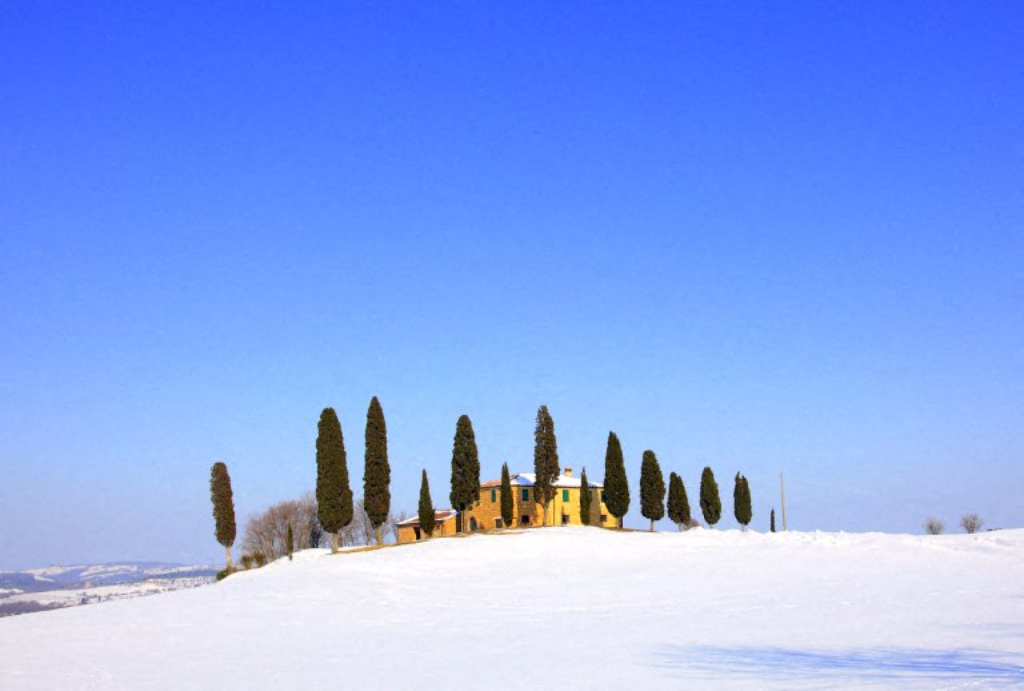
Shortest day of the year
Friday, December 22nd will be the shortest day of the year in the Earth’s northern hemisphere, with people in Italy only getting between 8.5 and 9.5 hours of daylight depending on location.
The phenomenon, known as winter solstice (or solstizio d’inverno in Italian), marks the moment when the earth’s northern hemisphere is tilted the furthest away from the sun, which also coincides with the official beginning of astronomical winter.
Christmas displays and markets
While it may not always be the first country that comes to mind when thinking of winter magic, there’s no denying that Italy goes all out for Christmas, as dozens of spectacular Christmas displays, including giant nativity sets and dazzling light shows, pop up all around the country in the lead up to the holidays.
READ ALSO: Italy’s Christmas markets: Where and when to visit in 2023
But December is also the month when some pretty impressive Christmas markets spring up in the piazzas of several towns across the country, giving residents and visitors alike a chance to buy artisanal food products as well as feast on mulled wine and pretzels.
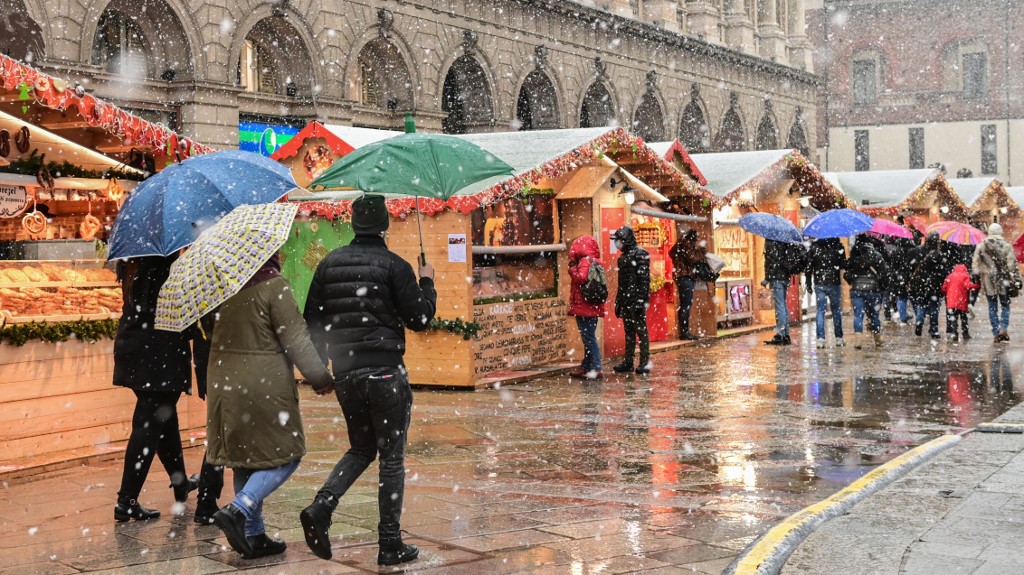
Christmas holidays
Contrary to what some may think, December 24th (Christmas Eve) is not an official public holiday in Italy.
However, as the day falls on a Sunday this year, most people around the country will still get the vigilia off.
Unlike December 24th, December 25th (Christmas Day) and December 26th (known as St Stephen’s Day in Italy and Boxing Day in English-speaking countries) are both public holidays.
New Year’s Eve celebrations
This year, we’ll be ringing in the New Year on a Sunday.
As always, people in Italy will celebrate the occasion with the usual mix of raucous revelries, ‘good luck’ foods and slightly questionable traditions, including the utterly unfathomable habit of throwing old crockery out of the windows.
But don’t worry, there’ll be plenty of time to recover from the razzle-dazzle of capodanno on Monday as New Year’s Day is a national public holiday in the country.
Deadline for UK driving licence holders
Under a post-Brexit agreement reached at the end of 2022, UK driving licence holders who were legally resident in Italy on December 31st 2022 will have until December 31st 2023 to exchange their licence for an Italian one.
The deal between the UK and Italy means that the exchange process does not require drivers to retake the test. However, the swap involves some paperwork: find out what you’ll need to do in our step-by-step guide.
Budget law deadline
Italy’s parliament will have until December 31st to approve the 2024 budget.
READ ALSO: How will Italy’s 2024 budget affect your finances?

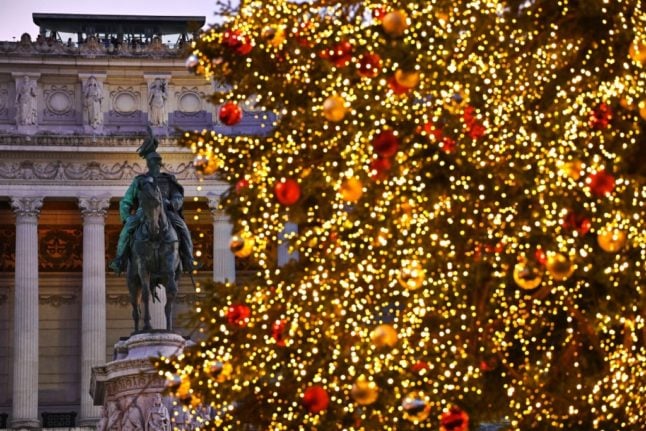
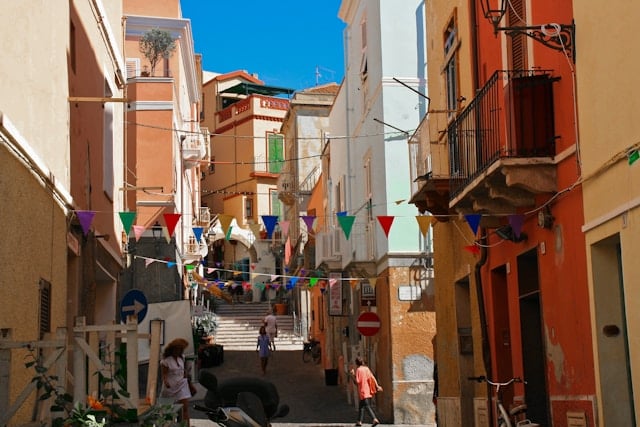
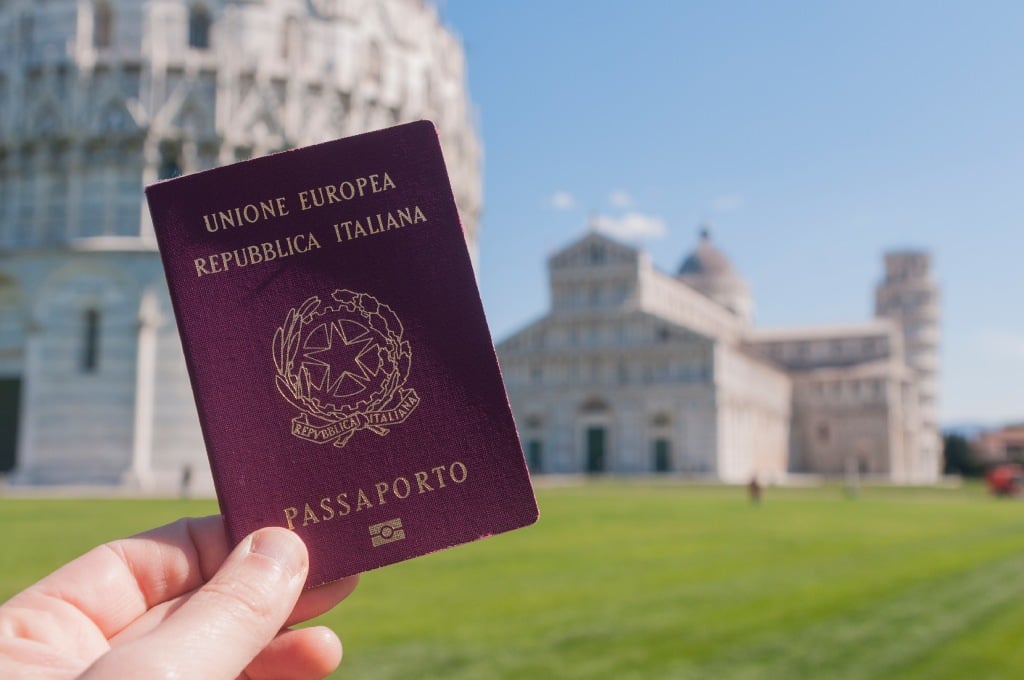
 Please whitelist us to continue reading.
Please whitelist us to continue reading.
Member comments